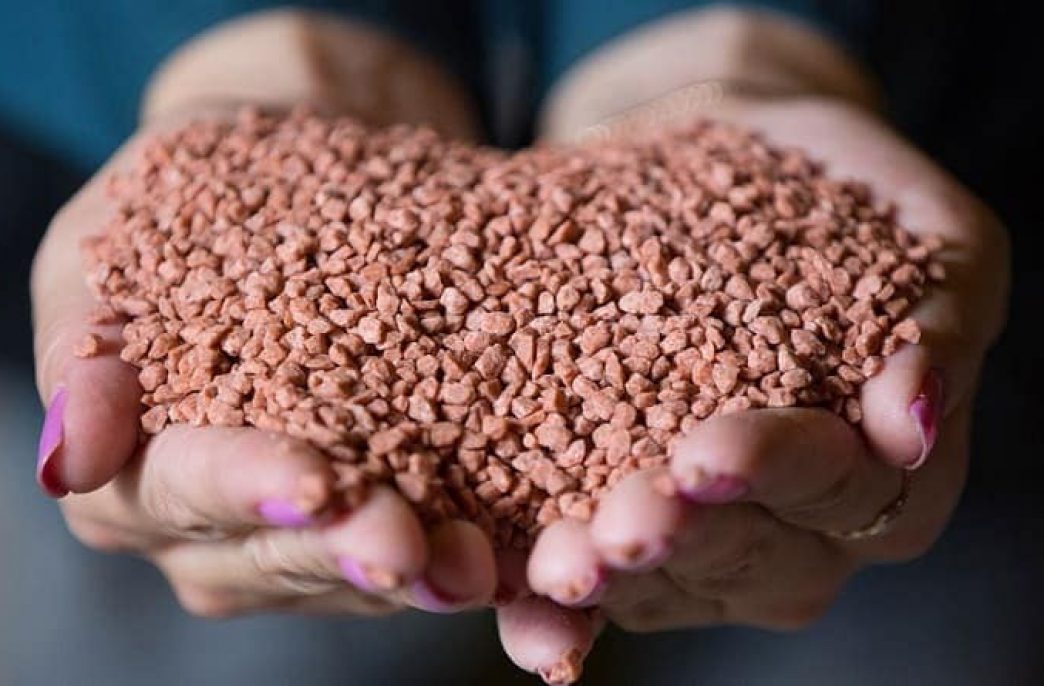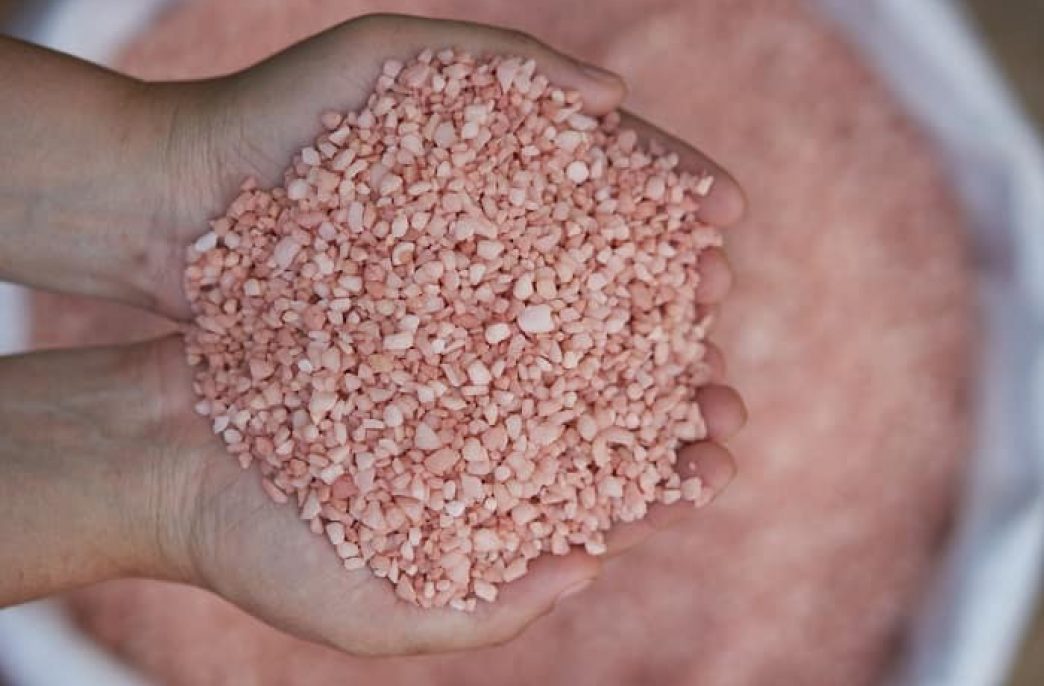How and when to use flower fertilizer

The rose in the garden is not called the queen of flowers in vain. Wonderfully fragrant flowers of different sizes and shades will decorate any area. Special care is required to maintain such beauty. One of the main conditions is the timely fertilization to feed the roses. Not every composition is suitable for delicate plants, it is important to follow the recommendations on seasonality, dosage and method of application. The main points of the service are described in the article.
Why feed a rose?
When choosing which fertilizer to apply in the spring under the roses, you need to take into account how individual components affect the growth and development of the whimsical flower:
nitrogen accelerates the growth of buds and foliage;
phosphorus is responsible for abundant flowering and enhances protection from the cold;
potassium increases resistance to viral infections and fungi;
iron strengthens the root system.
The plant needs nutrition throughout the growing season. Elements are especially important for growth and flowering. Gardeners can only rest in the winter, the rest of the time it is important to apply fertilizers for roses in a timely manner in spring and summer, monitor the condition of the plant, adjust the dose as needed.
Seasonal assistance to the plant is as follows:
in the spring, nitrogen fertilizers are applied to the roses until the buds are formed;
in the summer they carry out treatment three times. The first dressing is in June, the second in July, and the last in August. Each of them helps the flower during a certain growing season;
The flowers are prepared for winter in the fall. Potassium and phosphorus are added to strengthen the roots, increase frost resistance. Nitrogen is absolutely not needed because it can activate growth, which is fraught with the death of the flower bed before the cold weather.
What fertilizers are best applied when planting roses in the spring

Before planting, fertilizers are applied to the soil for rose seedlings. Some gardeners process the entire flower garden, while others prefer to put useful compositions on purpose – in the holes. Both options are effective, but if you don’t plan on breaking up a large flower garden, it makes no sense to spend extra fertilizer on the entire site.
Young seedlings need nitrogen, which gives strength to the formation of buds and reliable growth. Organic matter contains sufficient amounts of nitrogen. It is also recommended to add wood ash – this creates the optimal pH of the soil and protects it from fungi.
Spring feeding of flowers with mineral fertilizers does not end without phosphorus. It is necessary for overall development and bud formation. For maximum benefit, you can combine organic with mineral supplements. One of the recipes includes:
1 tbsp. l. superphosphate;
1.5 kg of humus;
30 g kul.
Fresh manure is not used because it burns the delicate roots of the seedlings. To retain moisture and reduce the risk of weed growth, you should definitely need mulch made from fallen leaves or sawdust.
Ready-made complex fertilizers

There are a number of agrochemical products in stores. When choosing a fertilizer for roses for processing during and after planting in the spring, pay attention to the following preparations:
“Fertile Irrigation Box.” Liquid composition with minerals and organic matter. Suitable for garden and indoor roses, ensures growth and development, good flowering and protection from pests and diseases;
Agricola-Aqua. A liquid mixture of NPK and sodium humate. The composition is similar to the previous version, optimized for all varieties of roses and other flowers. Stimulates growth and flowering, has a positive effect on the fragrance and brightness of flowers;
“Rose.” This is one of the best clothes. In addition to the standard NPK complex contains beneficial trace elements;
Pokon. Effective nutrient content containing phosphoric acid, nitrogen, potassium oxide, copper, zinc, iron and other beneficial trace elements;
“Gloria.” Organomineral content that stimulates glossy growth, richness of color and odor. The flowering period and the number of buds on the bush increases.
The listed and other formulas are entered strictly in accordance with the instructions, taking into account the dose, time and method of treatment.
Organic fertilizer for roses

Some gardeners ignore the achievements of agrochemistry, so when planting roses fertilizers are selected from organic compounds. The source of nutrition for flowers is bird droppings, baker’s yeast, wood ashes and more. Recommendations for adherence to dosages and deadlines do not lose their relevance.
Manure and litter are best applied in the fall. Organic matter was added and trenches were dug around the bushes covered with soil. New wastes require careful handling as they can damage roots and injuries. It is better to use rotten manure and humus. After fertilizing in the fall, the roses “wake up” in the spring with the necessary food supply. In summer they can be fed with 10 liters of water and 1 kg of litter solution.
The yeast solution is used from mid-spring to mid-August. Dissolve 1 kg of fresh yeast in 10 kg of warm water. You get a concentrate, which is diluted with water in a ratio of 1:10 before use. Pour 1 liter of solution under each bush, repeat after a month.
Wood ash helps acid soils. Provides flower development, prolongs flowering period. Ash can be used in different ways: spread it under the bushes in the fall and pour over the solution during the growing season.
Basic processing rules
Fertilizers are replaced for better absorption of nutrients. The ideal option is to use organic and mineral supplements, respectively, to achieve prosperity and strong growth.
Root dressing is applied as follows:
a groove is opened around the bush;
The gutters are watered abundantly at the rate of 10 liters of water per 1 sq. m. m;
fertilization;
soil and level loosening;
If possible, add mulch.
Thanks to regular care and properly selected compositions, roses are actively developing and enjoy long-term flowering. In addition to fertilizers, the bushes need regular watering, getting rid of weeds and loosening the soil. An integrated approach gives great results.




